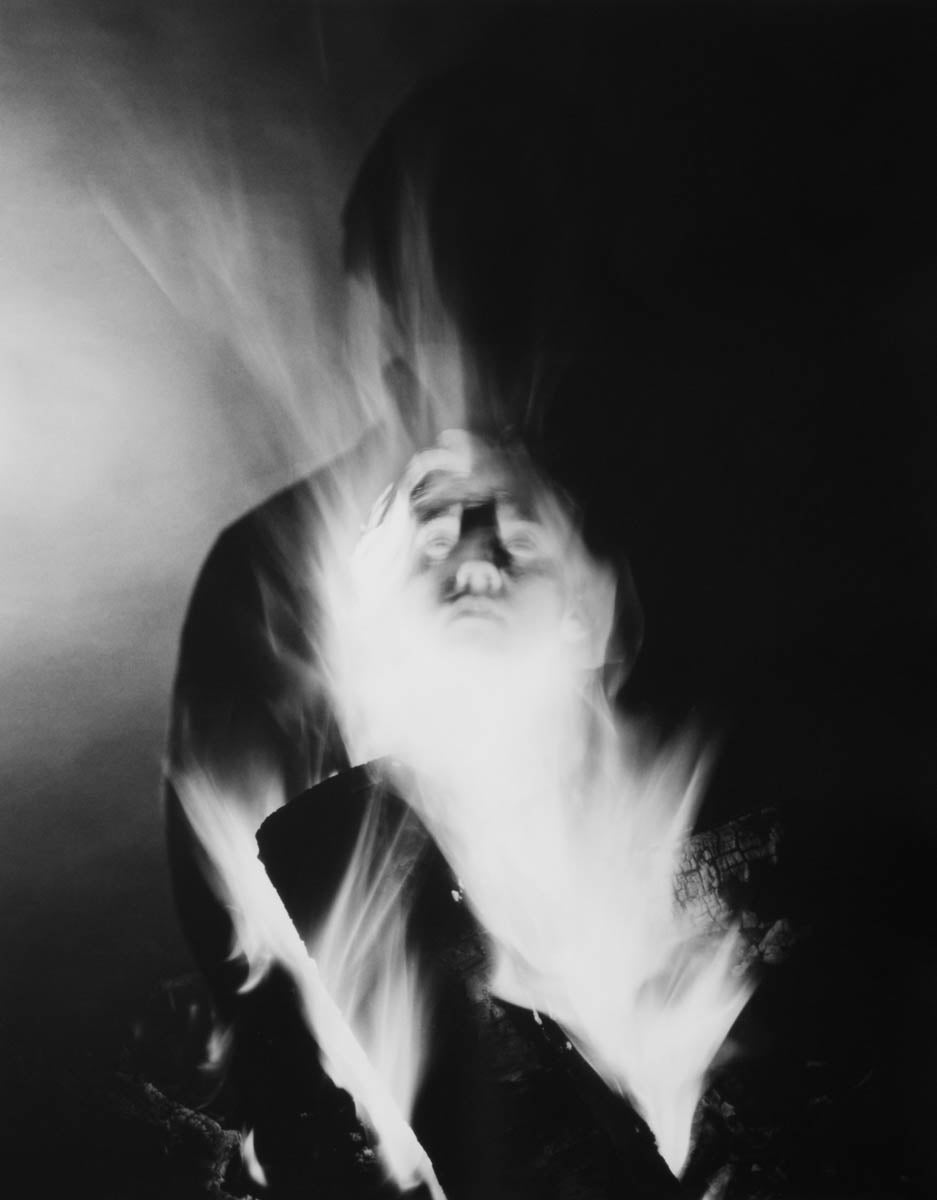
Tyler Fedele
The Passion #3
Although I am now no longer a practicing member, more than half of my life was spent within the embrace of the Roman Catholic Church, which has formed the foundation through which I understand, relate to, and analyze the world around me. By researching the lives of various saints from the pantheon of the Church, as well as the mythology and history of Antiquity, I seek to portray allegorical parallels between its history as an institution to modern day issues such as feminism, gender and identity politics, human rights, and the nature of faith. Utilizing traditional wet darkroom mediums, my black and white portraits reach to highlight the gestures of figure and form, to betray the nonverbal communication of the soul of the subject in dialogue with the modern day viewer; empathizing and relating to one another within universal suffrage. The use of large format film is crucial to achieving this vision; it is a slow, cumbersome, and tedious process, requiring a great amount of forethought before committing an image to the very limited amount of film available per shoot. This aspect forced me to consider what I had to say, and from this heavy meditation and experimentation, I finally found my voice; inspired by one of the most courageous people who ever lived, St. Joan of Arc, specifically the silent film The Passion of Joan of Arc (1928).
As someone who struggles, like many of us do, to be comfortable inside of my own skin within a dominating toxic patriarchal world order, I was utterly dumbfounded by the gravity of Joan's actions of stubborn self-determination in the face of sure punishment. She demanded to be dressed in men's clothes and cut her hair short. A strong and clear act of defiance and assertion of self-identity, for blurring gender roles was highly provocative behavior and a criminal offense (something the Church tribunal would use against her later). Possessing wit, innate talent, and audacity, she led one of the most successful and important military campaigns in medieval history, culminating in the crowning of Prince Charles as the new king of France. The tribunal of bishops all came from England and were eager to make an example of the teenage girl who defeated them by performing miracles in battles (how else could a woman beat them?). As they sought to portray her intelligence and dress as signs of witchcraft, they were often outwitted by an illiterate farmer's daughter. She was unshakeable, proclaiming, "I will not submit to any living man." It was said that her heart survived being burned alive. Joan of Arc would later become a national hero, and officially canonized by the very Church who murdered her.

